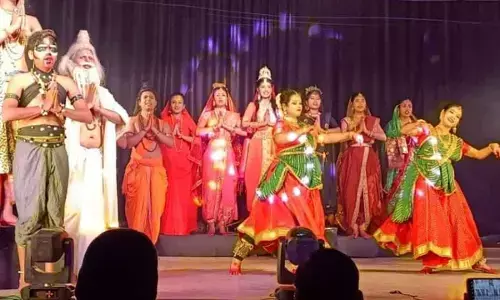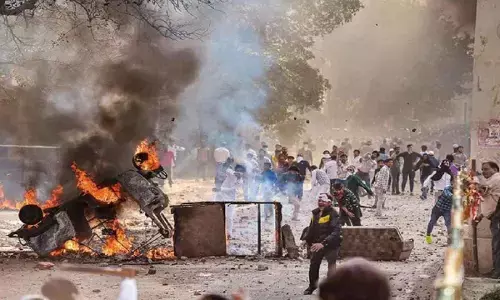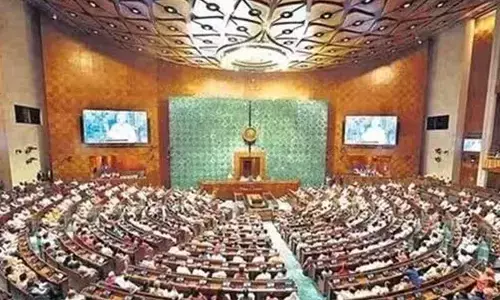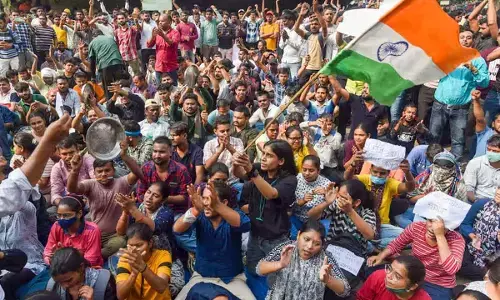Sustaining Traditions: Golu Festival’s Economic Boost to Artisans
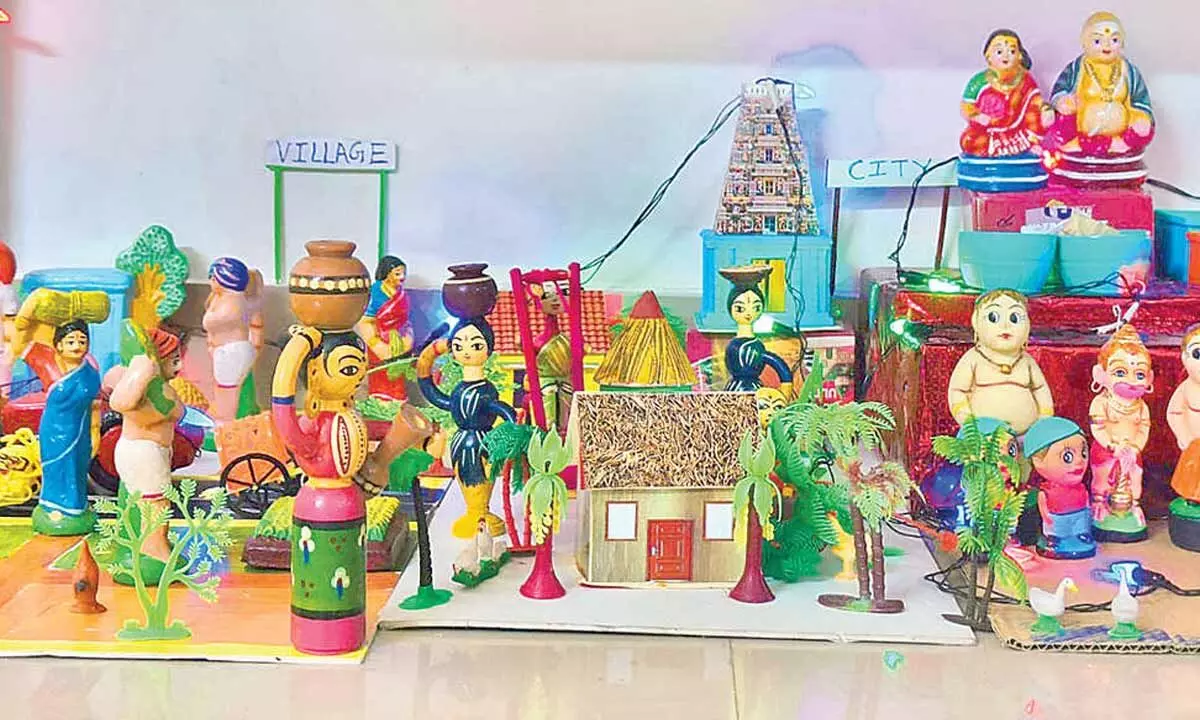
Golu Festival, also known as Kolu or Bommai Golu, is a vibrant and culturally rich festival celebrated in southern parts of the country of Tamil Nadu, Karnataka, Andhra Pradesh, and Telangana
Golu Festival, also known as Kolu or Bommai Golu, is a vibrant and culturally rich festival celebrated in southern parts of the country of Tamil Nadu, Karnataka, Andhra Pradesh, and Telangana. It coincides with the festival of Navaratri, a nine-night festival dedicated to the worship of the divine feminine. Also during Dussehra and Sankranthi in some parts.
The festival revolves around the arrangement of idols, dolls and figurines on tiered steps, each step representing a different aspect of the universe and a homage to gods, goddesses, saints, and everyday life.
The central aspect of Golu is the meticulous arrangement of dolls and figurines, known as “Bommai Golu,” placed on a stepped platform known as a “padi.” The padi can have an odd number of steps, typically ranging from three to eleven. The arrangement is usually set up on the first day of Navaratri and remains on display throughout the festival.
Some common categories of dolls include deities, historical figures, mythological characters, everyday scenes, and miniature parks. Themes such as Asta lakhmi dasavataralu, Bhagavatham - Krishna Birth, Ramayanam (Sita birth, swayamvaram, Rama Patabhishekam), Temple architecture, Venkateshwara swamy Kalyanam, Garuda Utsavam, Ayuvars, Andal birth, Godha and Rangaswami Kalyanam.
Rituals and practices in Golu involve a series of religious and social rituals, such as the Kalasam Placement, Daily Puja, Visiting and Inviting, Sundal Distribution, and Vidhyarambham, marking an auspicious day for learning new skills, especially for children starting their education.
During the nine days of festival, the evening harathi followed by bhajans and storytelling from the theme represented from puranas and ancient texts. The themes represented through the idols and dolls can be elaborate or brief depends on the curation and availability of the idols.
The ritual of celebrating this festivals is transferred from family traditions. There will be existing themes of family and dolls are available. Every year the theme may change and new idols or dolls will be added accordingly.
The festival brings in lot of stories and knowledge in visual format. The engagement of family, community and artists brings in sharing of knowledge and togetherness.
Golu is not just a religious festival but also a celebration of art, culture, and community. It serves as a platform for artistic expression, where each household’s creativity and storytelling come to life through the arrangement of dolls. The festival fosters a sense of community as families visit each other’s homes, share stories, and exchange culinary delights.
The festival culminates on Vijayadashami, symbolizing the triumph of good over evil. After the rituals on this day, the dolls are ceremoniously put away, signifying the conclusion of the festival until the next year.
Golu is a festival that beautifully intertwines devotion, art, and community spirit. Through its elaborate doll displays and rich cultural rituals, it honors the divine feminine and celebrates the diverse tapestry of Bharat’s life.
The Golu festival is a significant cultural and religious event that not only provides livelihood support for artisans but also supports their traditional crafts. The festival’s emphasis on doll displays creates a demand for handcrafted figurines and decorative items, sustaining a rich heritage of craftsmanship and offering economic sustenance to numerous artisan communities.
The festival’s emphasis on displaying a variety of dolls and figurines requires the skills of artisans who specialize in traditional crafts such as clay and terracotta work, wood carving, paper-mâché art, and textile and fabrication. Now, most of them are preferring paper-mâché idols for easy storage.
The seasonal surge in sales during the weeks leading up to Navaratri provides a significant boost to artisans’ income, which is essential for their annual earnings.
The festival’s direct economic benefits include increased income for artisans, employment opportunities, and support for ancillary industries such as raw material suppliers, transportation services, and retailers and marketplaces. It also encourages the continuation of traditional artisanal skills that might otherwise be at risk of fading away.
Artisans innovate within their traditional frameworks to meet contemporary tastes, creating new designs and themes for Golu dolls. This innovation keeps the craft relevant and attractive to modern consumers, ensuring its survival and growth.
Workshops and exhibitions organized around the Golu festival provide artisans with a platform to showcase their work, connect with customers, and gain recognition. These initiatives help in marketing their products more effectively and expand their reach. The Golu festival serves as a vital economic engine for artisans, providing them not just seasonal employment but also a platform to showcase and preserve their traditional crafts. By driving the demand for handcrafted dolls and associated items, Golu ensures the continuity of a rich cultural heritage and provides crucial livelihood support for artisan communities.








